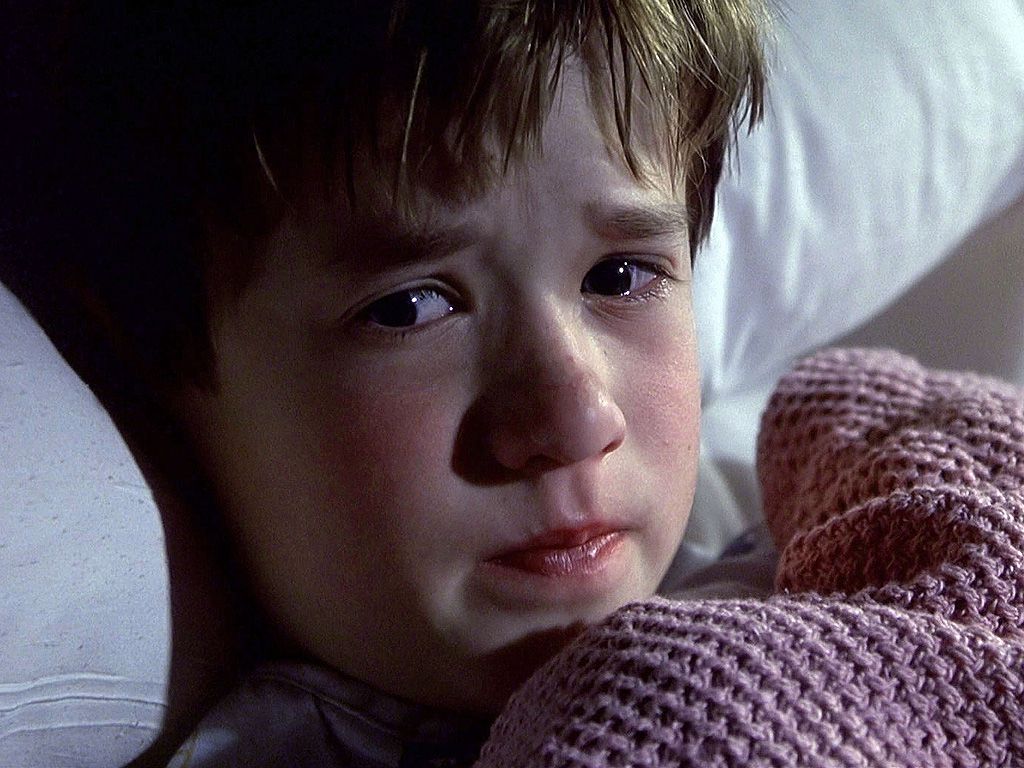
What do you normally expect out of a movie ending? In most cases, films wrap their plots up with a nice bow, give us a happy ending, and let us bask in the warm glow of the credits.
Some movies, however, had very different and very unexpected endings. And the best of these films did more than take us by surprise. Instead, these endings transformed how we viewed the rest of the movie.
So, which film endings changed their movies so much you basically need to rewatch them? Keep reading to find out!
Night of the Living Dead
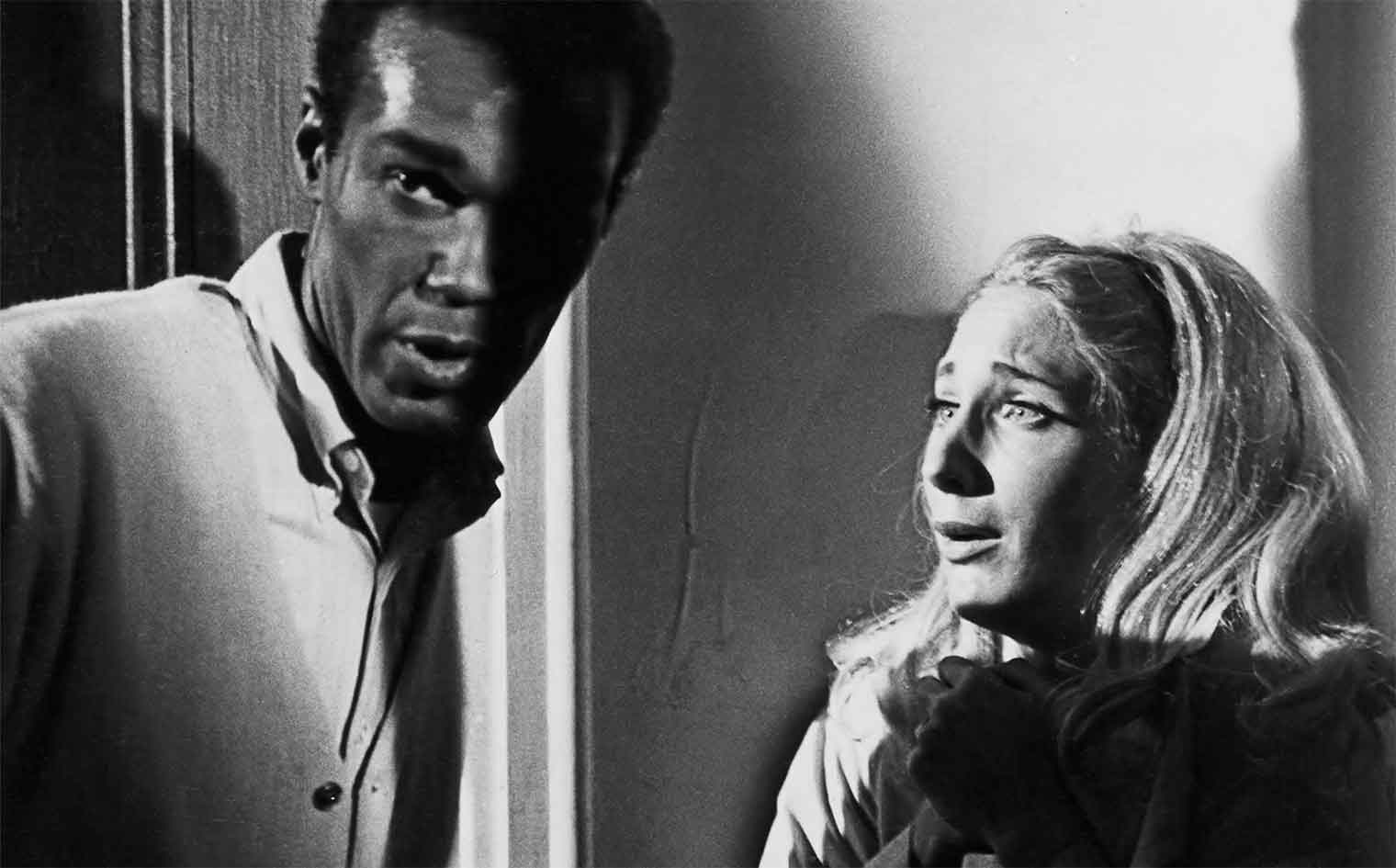
Night of the Living Dead pretty much invented the modern horror movie. At the same time, it neatly invented the classic trope of inverting our expectations.
For example, the movie’s basic plot involves a ragtag group of humans trying to survive the night in a house besieged by flesh-eating zombies. The group has a simple goal: to survive long enough for help to arrive. Eventually, help arrives and shoots and kills the character Ben because his bedraggled appearance makes him look like the walking dead.
In this way, the movie drove home what would become a common zombie theme: the humans are just as dangerous, if not more dangerous, than the zombies. Additionally, the sight of an armed white man at the end executing Ben, a defenseless Black man, accidentally gave this movie (that came out at the end of the Civil Rights era) a special resonance.
Planet of the Apes
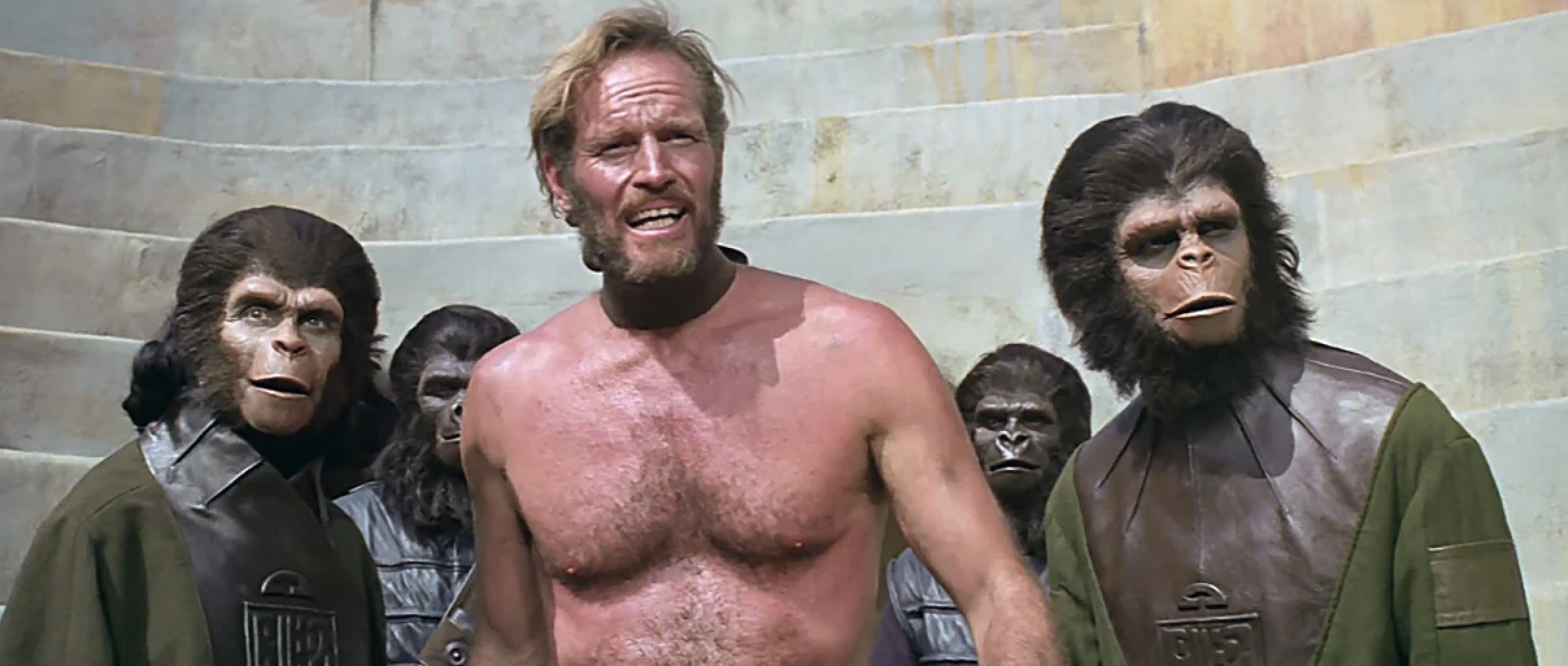
For much of Planet of the Apes, the plot seems straightforward. After space explorer George Taylor crashes onto the titular planet of the apes, he (and the audience) assume that he somehow landed on a distant planet populated by strange alien life.
It is only in the final scene, when Taylor sees a destroyed Statue of Liberty, that he realized he traveled in time rather than space. And instead of exploring a strange new world, Star Trek style, he is now stuck on a post-apocalyptic planet Earth!
Iron Man
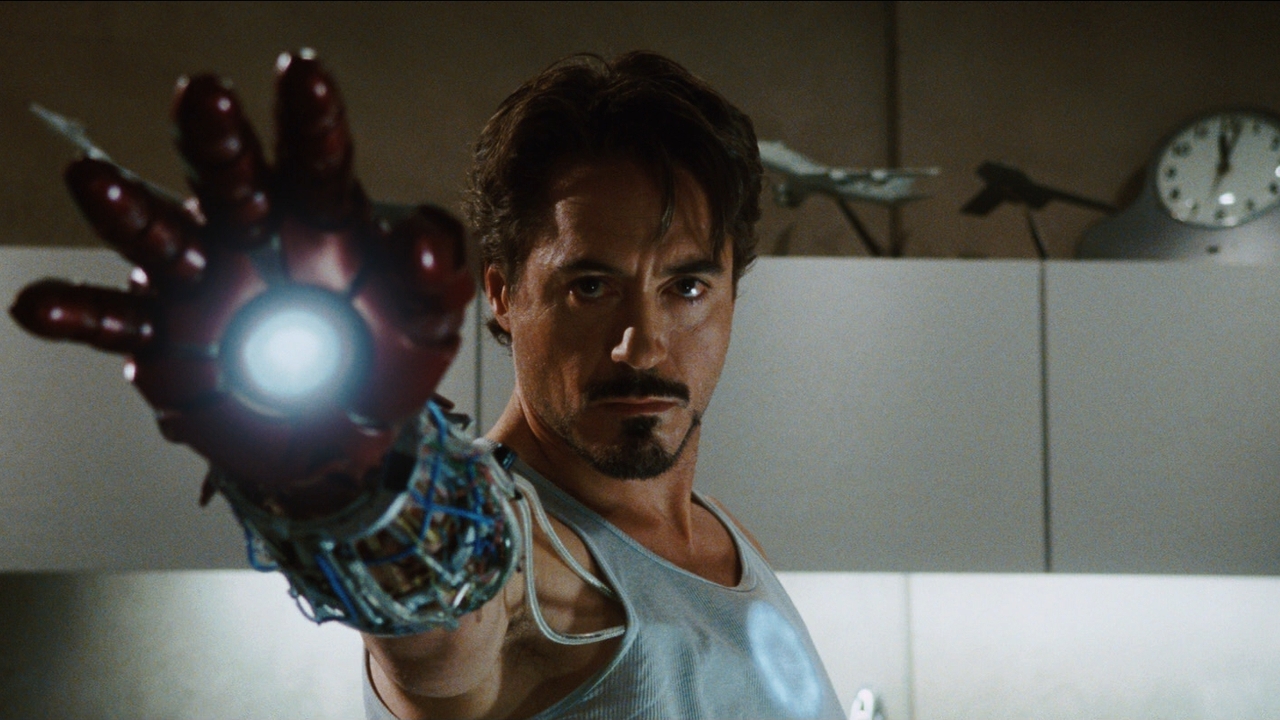
Iron Man kicked off the Marvel Cinematic Universe back in 2008. And this movie transformed our view of this impending universe through both its ending and its post-credits scene (something that soon became an MCU staple).
At the end of the movie, Tony Stark is meant to read a prepared statement that put a serious distance between himself and the mysterious new hero in town. Instead, he ditched the cards and blurted out “I am Iron Man” instead. This was particularly shocking to both comics fans and general audiences because it signaled that this universe would not put as much emphasis on traditional superhero secret identities. In this way, the movie helped us see that, despite the title, the film is much more about the man behind the Iron Man mask (including his desperate need for redemption) than it is about superhero shenanigans.
On top of that, the movie had a post-credits scene where Nick Fury invites Iron Man to be a part of “the Avengers Initiative.” Back then, this was meant to be a fun Easter egg for comics nerds. But it went over so well that this single line transformed the MCU focus from telling standalone stories to building an entire interconnected universe!
The Social Network

At first glance, The Social Network looked like it could be a puff piece of a movie. Even at the height of his popularity, before all this Metaverse nonsense, did we really need a movie celebrating the alleged brilliance of Facebook founder Mark Zuckerberg?
However, the movie ends with what would otherwise be a triumphant Zuckerberg sending a friend request to his ex-girlfriend Erica Albright and desperately refreshing, again and again, to see if she accepted. Instead of ending by painting Zuckerberg as a genius, the movie clarifies that, as Erica herself said earlier on, girls don’t like him not because he’s a “tech geek” but because he’s “an asshole.”
Therefore, our final image of Zuckerberg, the youngest self-made billionaire in the world, is one of isolation, desperation, and sadness. And it forces you to view the rest of the movie through a stark new lens: rather than a hagiography, this is nothing less than a crucifixion of the most famous tech bro in history.
The Sixth Sense
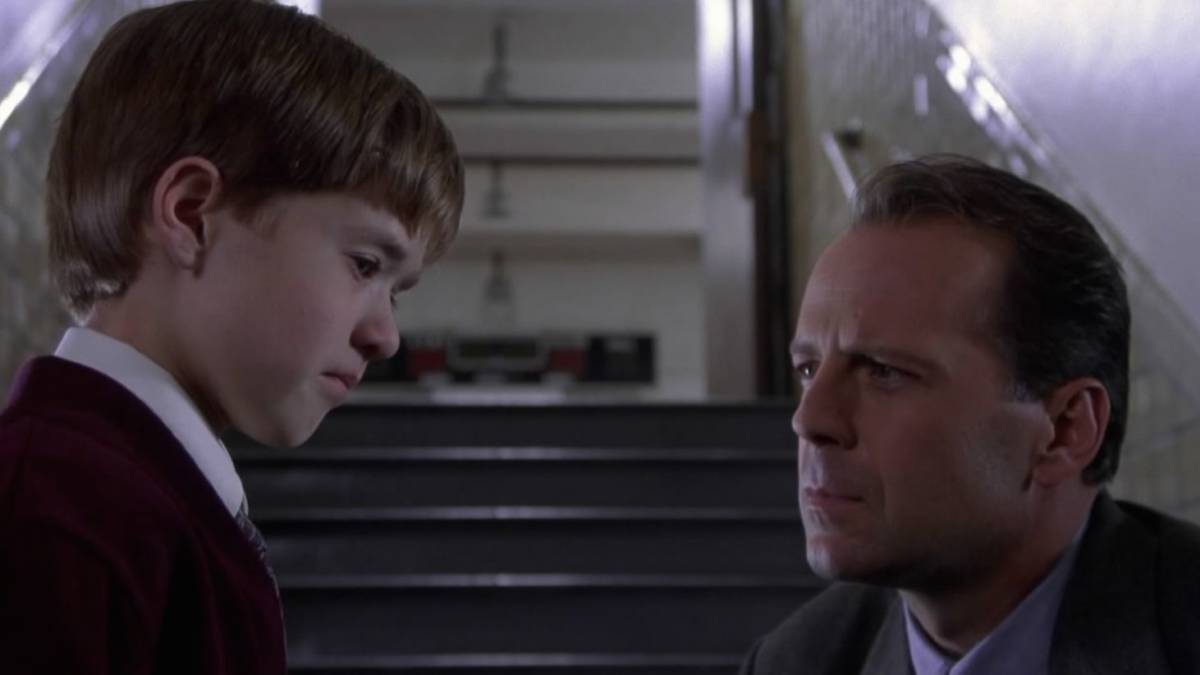
Honestly, this entire list could have been nothing but M. Night Shyamalan movies. That’s because, after the twist ending of The Sixth Sense, the director made shocking reveals his stock-in-trade for a while.
In this movie, Bruce Willis plays a man trying to help a kid (played by Haley Joel Osmont) who can see dead people. It is only by the end, we realize the shocking truth: the character played by Bruce Willis is actually dead!
Cue an entire generation hitting “rewind” on their VCR remotes and watching earlier scenes to discover that, even when it seemed like people were interacting with our dead protagonist, he was actually just a phantom in his own film!
Inglourious Basterds
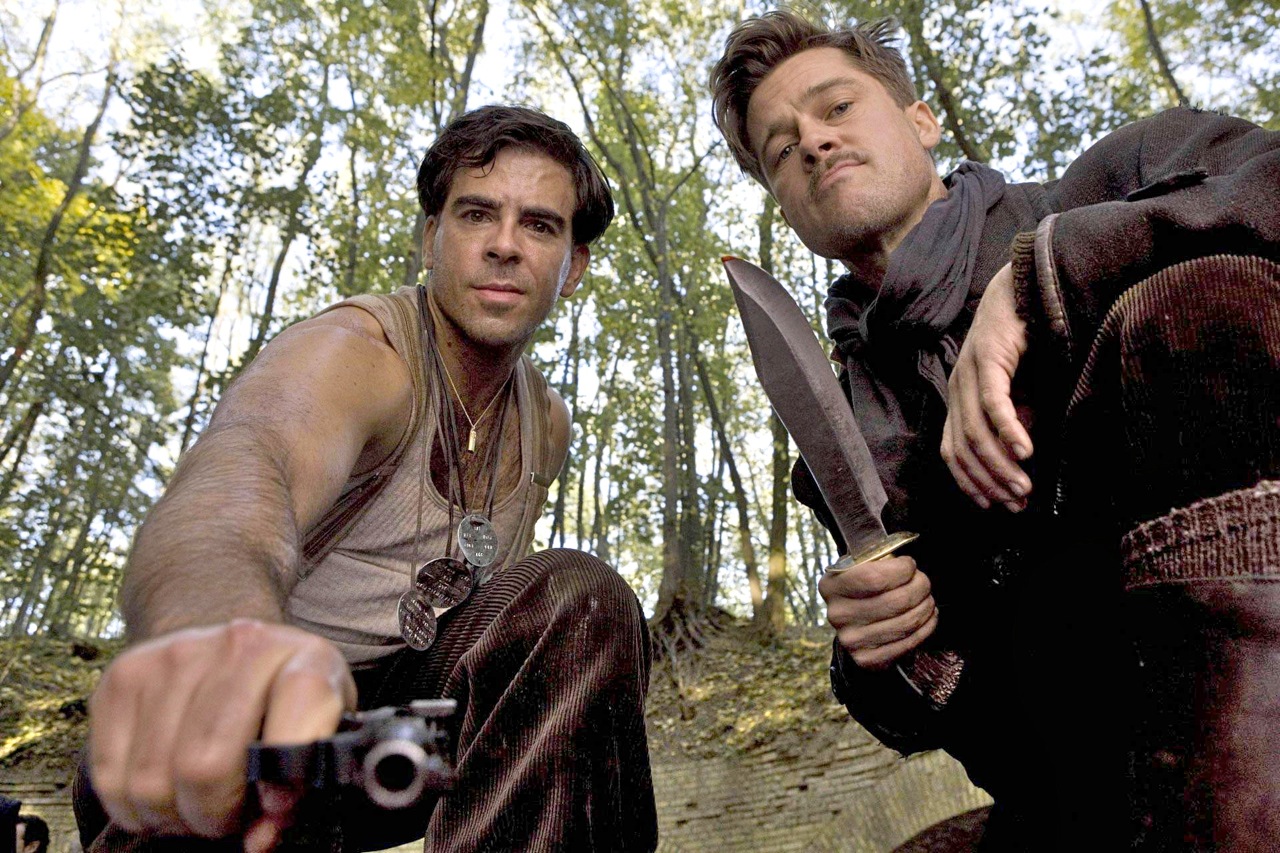
At first, Inglourious Basterds looked pretty straightforward. This was Quentin Tarantino’s stylish and violent take on World War II. And while we could certainly expect a few surprises along the way, the fact that the events of the war are so well-known meant audiences thought they knew how much of the story would go.
However, Tarantino zigs when we expect him to zag. The climax of the movie involves our heroes setting a successful trap and killing Hitler, along with most Nazi leaders, in a hail of bullets and flames. Instead of sticking to historical events, Tarantino crafted a bold alternate history that offers a cathartic release to audiences everywhere.
Of course, once you realize how much he changed how World War II ended, you need to go back and watch the film again. The result is that every scene takes on a kind of hyper-reality, caught between the immutable record of history and Tarantino’s dream of fascist monsters getting exactly what was coming to them.
